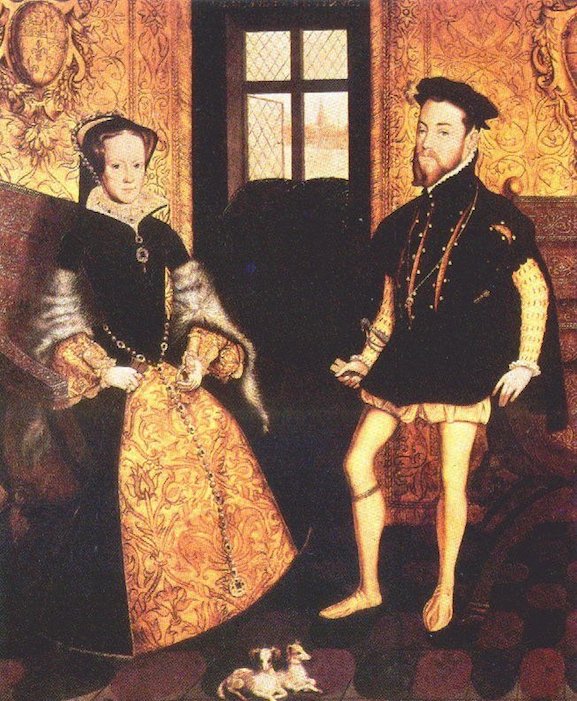
Few of us who collect dog books don’t have one on our shelf that was written by Robert Leighton. The author, journalist, and editor may have gotten his start penning boys’ fiction, but he became known as an expert on dogs and their care. The profoundly deaf Scotsman wrote at least four books on the subject, but not everyone agreed with his opinions. According to Leighton, for example, the English Toy Spaniel originated in Japan, and from there the breed made its way to Spain and then to England. Others, however, point to the short nose of the breed as evidence that it actually went from Spain to Japan, and it was in Japan that the breed further developed its present characteristics.
As we are fond of saying, the only thing that three dog people can agree upon is that one of them has it wrong.
One story that circulated was that the English Toy Spaniel was introduced to England by a British naval officer, Captain John Saris. He acquired the spaniels during a trip to Japan in 1613 and gifted them to the monarchy. This would support the belief among some that the English Toy Spaniel made its first appearance in England during the reign of Charles II, and yet the breed had been known in England and Scotland more than a hundred years before. The earliest recorded appearance of the breed in England may have been the dogs in a painting of Queen Mary I and King Philip (they married in 1554). King Henry III of France who died in 1589 also owned a number of these small spaniels which were called “Damarets” at the time.
The AKC writes that “during the Victorian Era, British toys spaniels were crossed with Asian toys, probably Pugs and Japanese Chin, and became what is known in America as the English Toy Spaniel (or, in the United Kingdom, the King Charles Spaniel). This new-style toy spaniel had a domed skull and a flatter face than those of Charles’s time. Before long, the new type, the EST, came to dominate, and the traditional toy spaniel of the Restoration times was rendered nearly extinct. The old-style toy was revived in the 1920s and is today known by U.S. fanciers as the Cavalier King Charles Spaniel.”
Image: Painting of King Philip II of Spain and Mary I of England with dogs at their feet
